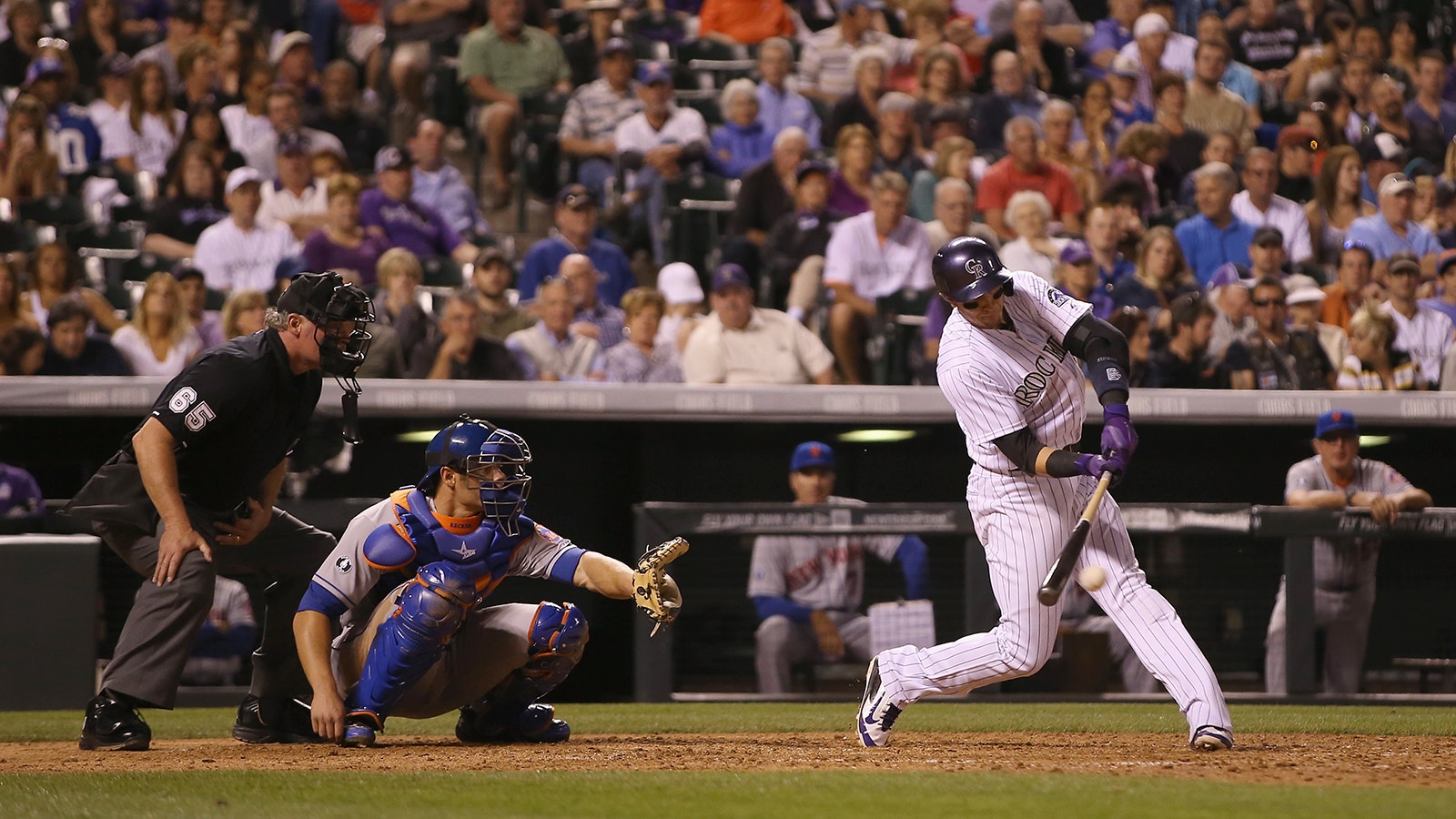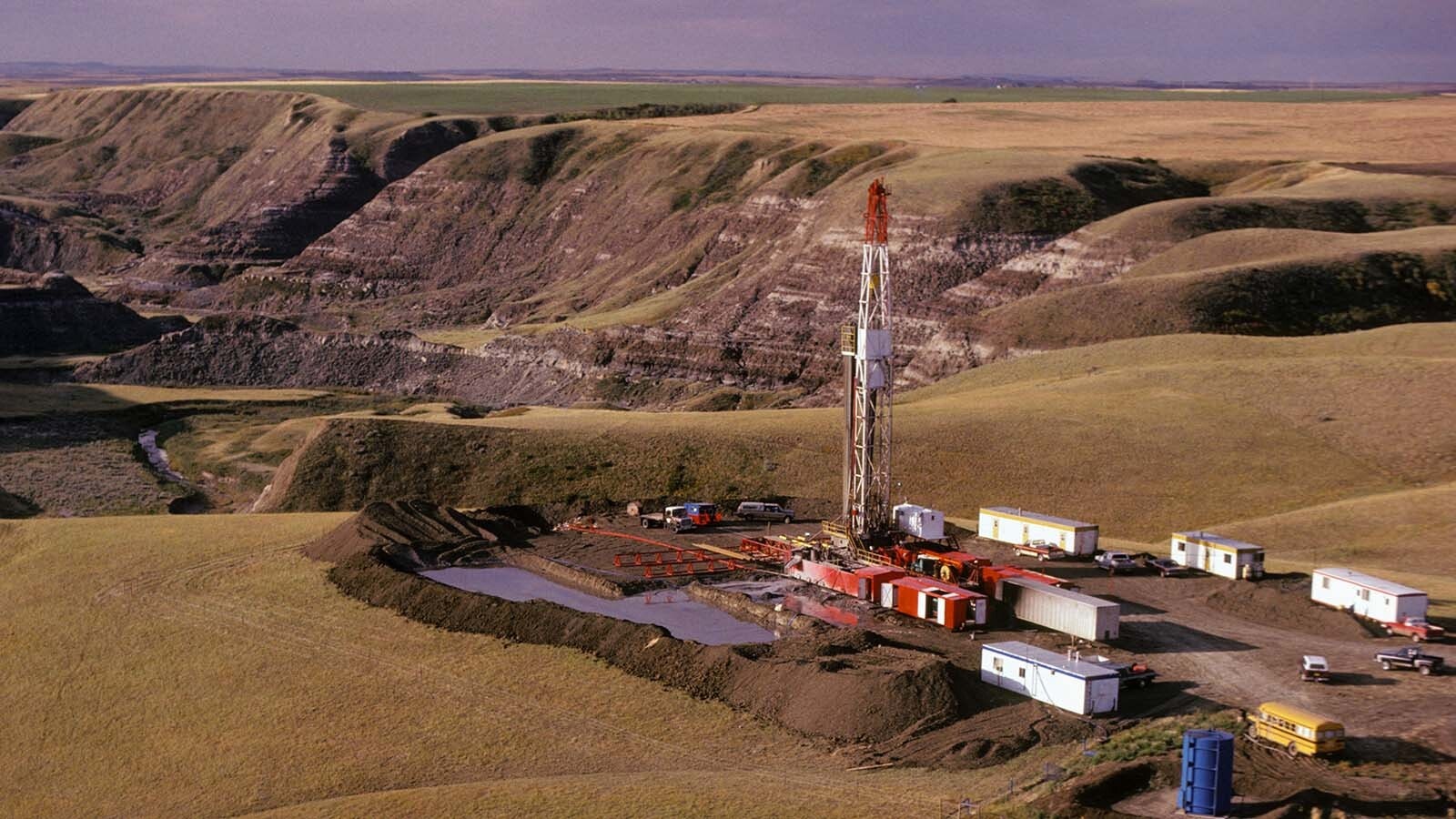A new study by Dartmouth College scientists concludes that since rising temperatures decrease the density ofthe air, it’s increasing the number of home runs hit in baseball games.
Experts in aerodynamics and baseball say the temperature of the air has very little impact on the distance abaseball flies.
The authors of the study warn climate change can have serious implications on America’s national pastime.
“We show that global warming has increased home runs in baseball by reducing gametime air density,” the study says. “Without gameplay adaptations, future warming will intensify this effect alongside other climate impacts.”
Among the adaptations the authors suggest to deal with the crisis are adding domes to stadiums and holding more games later at night when temperatures are lower and the atmosphere more dense.
Flexible Balls
Retired Major League Baseball Hall of Fame sportswriter Tracy Ringolsby, and a Cheyenne native, told Cowboy State Daily there are a lot of factors besides air density that determine whether a batter hits a home run.
“Weather helps everything about the game. It can make players more relaxed,” Ringolsby said.
A single baseball game can go through dozens of baseballs, Ringolsby said. This stash of balls is kept in a cooler because heat makes the ball more flexible, which impacts how it responds when struck with a bat.
“That’s why in the spring and in the fall, you have a tendency to not see the distances of the baseball,” he said.
Some teams have gotten in trouble for making their balls too cold.
He said that despite these impacts to how far a ball flies, the distance isn’t dramatically different, and anything that impacts the distance a ball can be hit impacts both teams equally.
‘Myriad Of Factors’
The study acknowledges a “myriad of factors likely account for these trends.”
These include construction of the baseball, performance-enhancing drugs, player training, altitude of the stadium and changes in bat design.
The study doesn’t factor in the impacts of wind speed because, the authors state, they don’t have “high-quality within-park measurements of wind speed and direction.”
Despite all these factors, the study concludes that for about 2 degrees Fahrenheit, the number of home runs in a game increases by nearly 2%.
While higher temperatures affect the number of home runs, the study says that heat stress on pitchers also can impact the number of home runs hit. The authors make no mention of heat impacting batters.
The study notes that precipitation is unlikely to have an effect since games are usually canceled or rescheduled.
“Greenhouse gas mitigation and climate adaptation are a priority not only to reduce the large-scale loss and damage associated with extreme climate events, but also to avoid pervasive (and sometimes subtle) changes to recreation and leisure activities enjoyed by people,” the authors conclude.
Cowboy State Daily reached out to the corresponding author of the study, Christopher Callahan, a Dartmouth Ph.D. student researching climate change, to ask if more home runs might make baseball more appealing for fans, but didn’t receive a response.
Pretty Minute
Tom Rullman, owner of GT Aeronautics in Powell, has a degree in aeronautical and astronautical engineering from Ohio State University. He designs and tests complex unmanned aerial systems, also known as drones, for military, search and rescue, and weed and pest operations.
Rullman said air density plays a role, but so does humidity. However, these minor differences wouldn’t play a major role in how far a baseball flies.
“I would say they would be considered pretty minute,” Rullman said.
He said there are equations to determine the velocity changes with air density, but if it’s actually penciled out it would be very small numbers.





